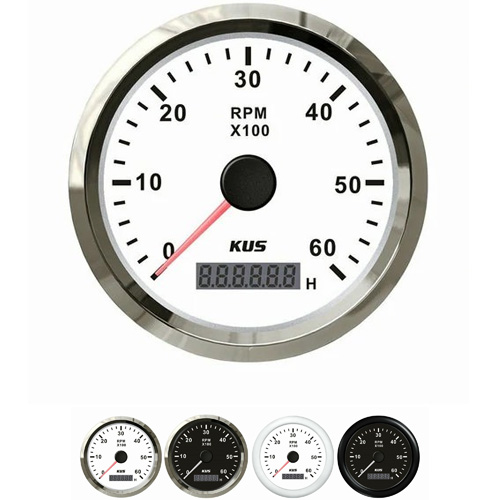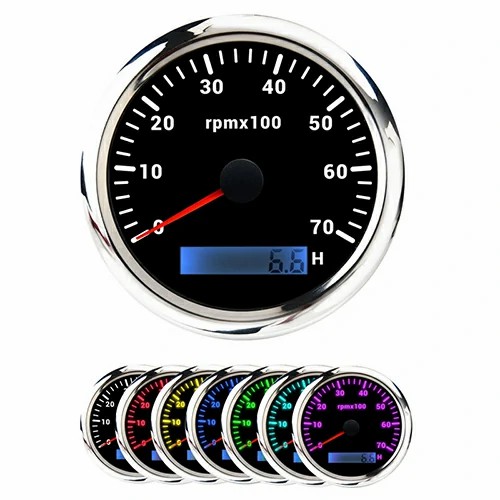how to test a tachometer with a multimeter
When the engine cannot be started, connect the engine diagnostic instrument and check if the speed parameters are normal while running the starting motor. Remove the connector and turn the digital multimeter to the ohm range. Connect the two probes to the sensor pins 2 # and 3 #, and the rated resistance is 860 Ω ± 10% at 20 ℃. (Connect the connector) Set the digital multimeter to the DC voltage range, connect the two probes to the sensor pins 2 # and 3 #, and start the engine. At this time, there should be a voltage output. (It is recommended to use an oscilloscope for vehicle inspection) Use an oscilloscope to observe the output voltage, and the waveform should be observed. The peak to peak value and frequency of the output waveform should increase with the increase of engine speed. Communicate with the electronic injection system ECU using the diagnostic instrument designated by the vehicle manufacturer, read the fault data in the ECU, and make a judgment on the failure of the sensor.
The test item selection switch is placed in the RPM range, and the dedicated plug for speed measurement is inserted into the grounding hole and the common hole. The inductive speed sensor (accessory to an automotive multimeter) is clamped on the high-pressure ignition line of a certain cylinder. When the engine is working, the display screen will display the engine speed.
After inspection, the transmission oil level was normal, and then a road test was conducted to check the upshift speed. Generally, a 4-speed automatic transmission maintains a throttle position of 1/2, and under normal circumstances, the vehicle speed ranges from 25 to 35 km/h when shifting from first gear to second gear; When shifting from second gear to third gear, the vehicle speed is 55-70km/h; When shifting from third gear to fourth gear (overdrive), the vehicle speed is 90-120km/h. If the car accelerates weakly while driving and the upshift speed is significantly lower than the above range, it indicates that the upshift speed is too low (i.e., the upshift is too early); If there is a significant shift impact during driving, and the upshift speed is significantly higher than the above range, it indicates that the upshift speed is too high (i.e. the upshift is too late).
 English
English 



Get a Quote / Info